By Lisa Scott
Government is a social compact, affecting our lives on many levels. Each of us bears responsibilities including understanding issues, evaluating and deciding which matter most to us, and acting to influence those that do.
The League of Women Voters has chapters on local, county, state and national levels. We are a unique, multi-issue, nonpartisan, political organization, encouraging informed and active participation in government. We influence public policy through advocacy and education and seek positive solutions to the problems confronting our communities and our country.
As LWV, we anticipate taking significant action on key issues in the 2023 New York State Legislative Session (which ends in June). These issues include Election Reform, Good Government Reform, Healthcare, Judicial Issues, Natural Resources, State Finances and Education, Equality of Opportunity, Domestic Violence and Human Trafficking, and Rural Issues. Visit our website https://my.lwv.org/new-york/suffolk-county to see our 2023 Legislative Agenda for more information on these key priorities. Beyond these broad categories, we also are gearing up for immediate advocacy related to needed additional funding in the 2023-2024 NYS budget:
Funding for State and County Boards of Elections: The League urges the Legislature to seriously consider the cost of new election improvements when introducing their proposed budgets and to consider setting up a yearly fund specifically for enhanced election reforms like early voting and absentee voting. It is not possible for boards of election to continue to expand voting access without funds devoted to the expansion of early voting poll sites, poll worker training, staffing, upgrading of old systems, and the establishment of new sites. The State Board of Elections and county Boards of Elections need a serious funding commitment to ensure that these progressive reforms are not unfunded mandates.
Funding for Election Reform: The passage of the John R. Lewis Voting Rights Act of New York was an historic moment in New York. It established rights of actions for denying or abridging the right of any member of a protected class to vote, assisted language-minority groups, required certain subdivisions to receive preclearance for potential violations of the law, and created civil liability for voter intimidation. This year, we expect to see the passage of a database bill that will support this bill. Additional funds should also be provided to counties to ensure compliance with all aspects of the law.
In 2022, Governor Hochul signed legislation to reduce the 25-day statutory voter registration deadline to 10 days prior to the election. As many voters become engaged in the election close to election day, this legislation will allow for easier and more accessible voter engagement and participation in New York. This legislation allows for one “Golden Day” in which a voter can register to vote and vote on the same day. Since the law went into effect on January 1, 2023, it is essential that funds be appropriated to account for the increase in staff and training that will be essential for county boards to successfully implement this new procedure.
Funding for Ethics Reforms: The League was glad to see the continued funding of New York’s new ethics body, the Commission on Ethics and Lobbying in Government. We urge the Legislature to include this funding in their budget as continued support for a commission that holds public officials accountable.
The executive budget has woefully underfunded the matching portion of the new public campaign financing program. This year is the first opportunity for New York to demonstrate a commitment to campaign finance reform and reducing the influence of big money in politics. During last year’s election, the 200 biggest donors outspent over 200,000 small donors in state races.
The League applauds the Governor for including 14.5M in funding to support the administrative needs of the Public Campaign Finance Board. However, underfunding the matching portion of the program by $75M will not build the trust needed for candidates to opt into the program. Multiple studies done by the State Board of Elections indicate that by 2024 the program would need between $119M and $213M in matching funds to operate the program successfully.
Fully funding the matching portion of this program would indicate a strong commitment to reform for New York voters and give candidates the confidence to buy into the program. The program will only see success if candidates participate. We urge the legislature to fully fund the requested $114.5 M for this program.
You too can make your voice heard by becoming more informed, speaking out and contacting your elected officials; and consider joining your local LWV chapter.
Lisa Scott is president of the League of Women Voters of Suffolk County, a nonprofit, nonpartisan organization that encourages the informed and active participation of citizens in government and influences public policy through education and advocacy. For more information, visit https://my.lwv.org/new-york/suffolk-county or call 631-862-6860.

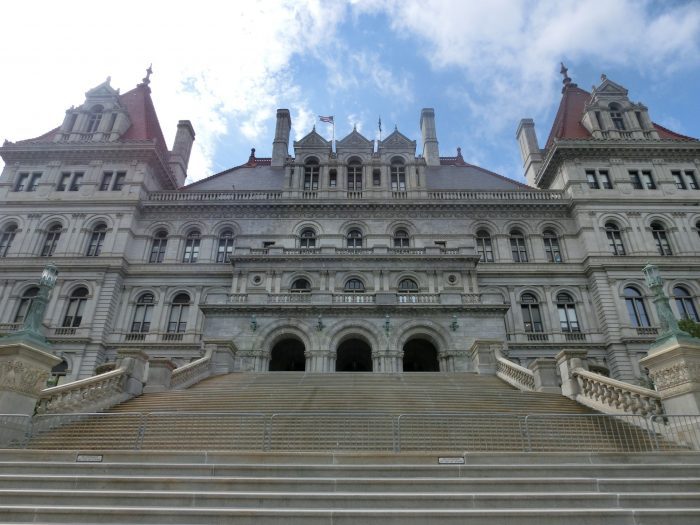
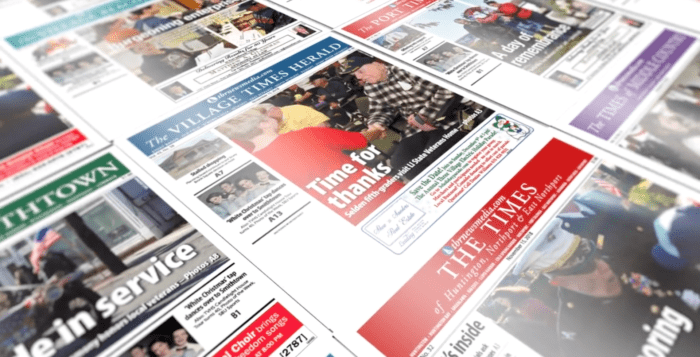


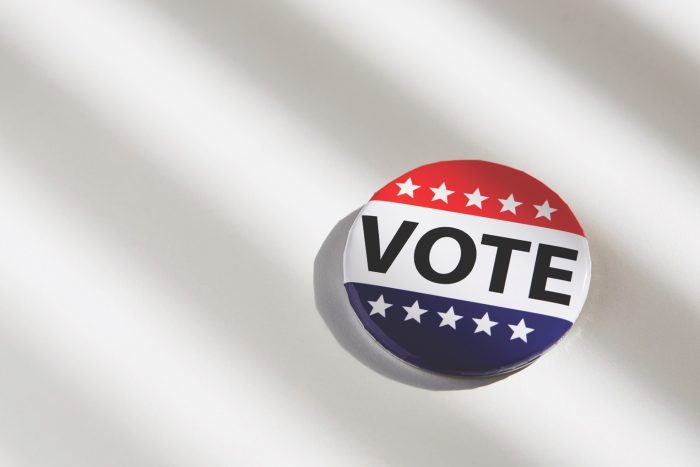
 • If you didn’t register to vote by Oct. 14, you cannot vote in this election.
• If you didn’t register to vote by Oct. 14, you cannot vote in this election.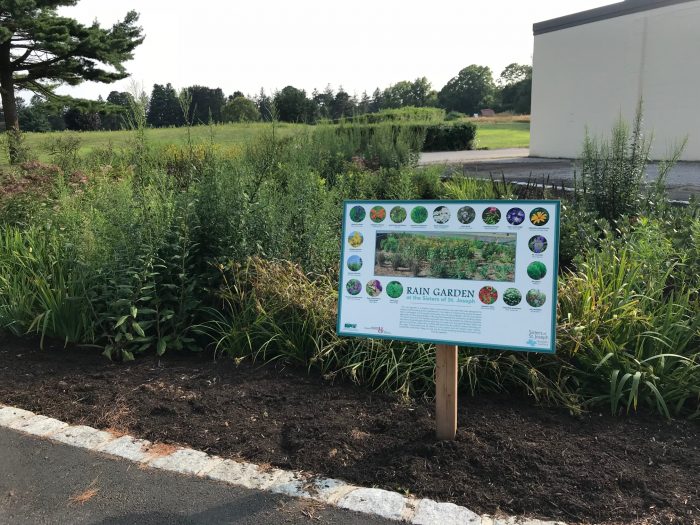
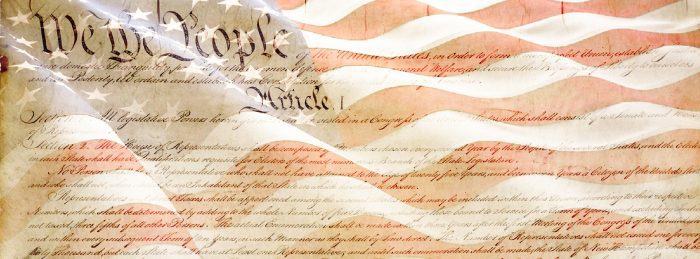
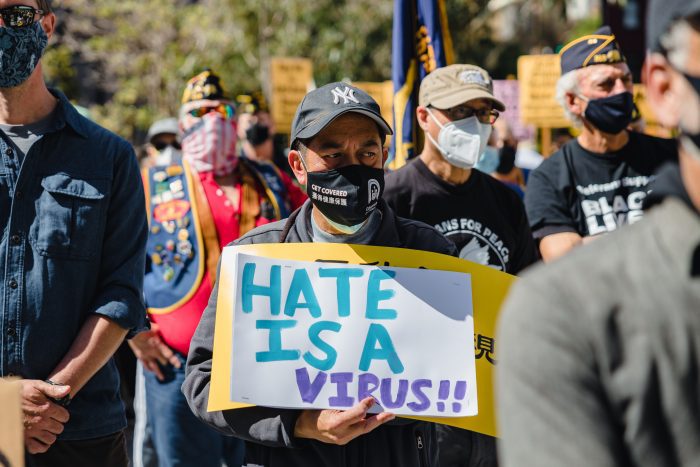


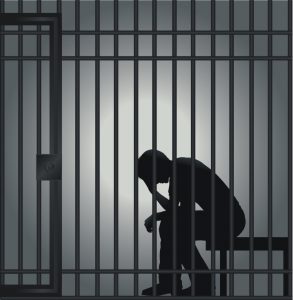 If the person cannot pay the bail amount, they remain incarcerated until their case is resolved, either through a settlement, a hearing, a trial, or dismissal. If they post bail, the money is not returned until the case is finalized – which can be months or in some cases, years later (less 9% processing fee).
If the person cannot pay the bail amount, they remain incarcerated until their case is resolved, either through a settlement, a hearing, a trial, or dismissal. If they post bail, the money is not returned until the case is finalized – which can be months or in some cases, years later (less 9% processing fee).



